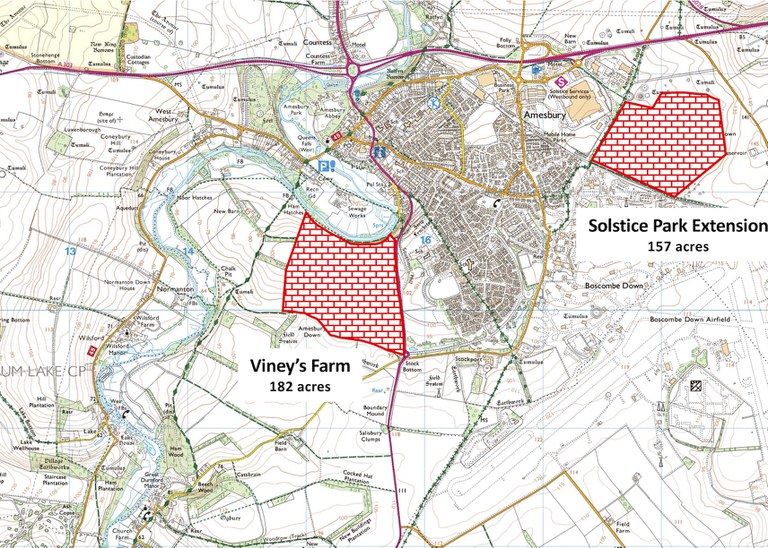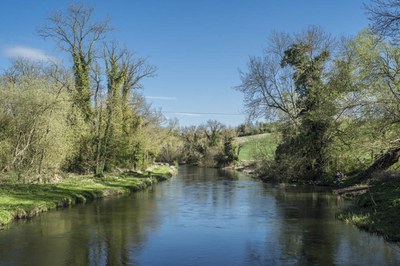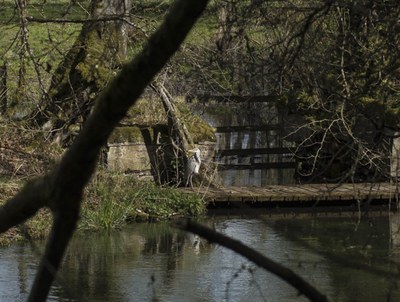Viney's Farm
We can stop this
 Why should we care?
Why should we care?
Viney’s Farm sits at the top of South Mill Hill, on the A345 Amesbury to Salisbury Road.
The proposed site extends to 182 acres from Stockport roundabout up the hill, along the ridge and down to the River Avon.
It is visible from the UNESCO World Heritage site extending from Stonehenge, whose border is the River Avon.
Close to the river and Stonehenge, this greenfield site has huge ecological, archaeological and recreational importance.
The River Avon is an important chalk stream, home to many endangered and threatened species including the water vole, brown trout and otters. We even get a unique subspecies of salmon coming to spawn.
Referred to as England’s rain forests, chalk streams like ours are rare and need looking after. Ours is one of the most important.
The site and surrounding area need protecting, not developing.
We can stop this unnecessary development.
The planning case against

- Greenfield site not included in either the Local Plan or Wiltshire’s strategic housing plan
- The proposed number of new homes is significantly above the 350 allocated to Amesbury under Wiltshire’s strategic plan
- We do not need these new homes. A report by CPRE says that Wiltshire is over-building homes, delivering 140% of its target for new housing and recommends a reduction in housing allocation across the county
- Three other sites included in the strategic plan easily can accommodate Amesbury’s housing allocation
- The homes are not deemed within walking distance of the local amenities
- The A345, which borders the site, is at 100% capacity in the centre of Amesbury, at High Post and at Castle Road, Salisbury, according to a 2021 transport report by Atkins for Wiltshire Council
- Medical services are already over-stretched with three-week waiting lists to see GPs, full dental lists and regular hour-long queues for prescriptions at the chemists
- Inadequate school provision in Amesbury including no 6th form
- Site borders the River Avon, designated Special Area of Conservation and an SSSI and already deemed as in an unfavourable condition
- Very little local consultation.
The environmental case against

- 182 acres of prime farmland and woodland as well as approximately 1 mile of popular bridle path
- An established breeding ground for rare birds protected by law including stone curlews, skylarks, yellowhammers, linnets, corn buntings and Cetti’s warblers
- Part of a vital corridor for rare birds that nest on Salisbury and Porton Plains
- Swans, mallard ducks, owls, red kites, deer, otters, foxes, the protected Desmoulin’s whorl snail, kingfisher, peregrine falcons, buzzards, bats, egrets, deer, pheasant, hares, rabbits, myriad butterflies, swallows, swifts, woodpeckers, cuckoos, heron, bees and much more on site or nearby
- Borders the River Avon, a chalk stream identified by Natural England as “iconic”. The river comes under the Government’s 2021 Chalk Stream Strategy “to protect England’s rainforests” and is home to the threatened brown trout, a unique subspecies of salmon and many other fish
- The river is already deemed in an unfavourable condition in terms of phosphates discharged from the local sewage plant
- The river would be put under further pressure from run off from roads built on the site and increased sewage processing
- Increased risk of further flooding in Amesbury and the Woodford Valley, areas that already can’t cope with extreme weather events
- Adjacent to and visible from the UNESCO World Heritage Site of Stonehenge
- Increased light pollution in a rural area
- Increased traffic pollution and congestion to an at-capacity area.
